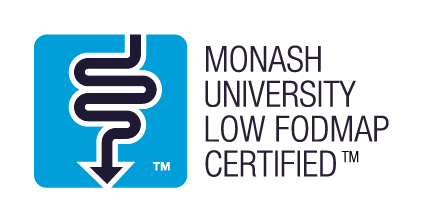From spelt bread to chia pudding and sorghum cereals, you may have noticed that the popularity of ancient grains and seeds is on the rise. But just what are these ancient grains and seeds and what are their benefits?
Grains (and pseudo grains) are becoming increasingly more popular which is a good thing as ancient grains are extremely healthy — and here's why.
Grains are an excellent source of nutritious carbohydrate and the body needs carbohydrates, as it is the primary energy source for the brain and muscles. However when compared to the more processed grains, ancient grains tend to have many nutritional advantages. Most are unrefined and higher in protein, fibre, vitamins and minerals.
Ancient grains often have a lower glycemic index which means they are digested and absorbed at a slower rate with a sustained release of glucose into the bloodstream helping us to feel fuller for longer. And for those requiring a gluten free diet, many of the ancient grains like amaranth and millet are gluten free.
Chia, millet and amaranth all contain protein. Chia contains soluble fibre, Vitamin E and is a plant source of omega 3s.
Millet has B group vitamins, magnesium and phosphate and amaranth contains healthy oils and a range of B group vitamins.
Next time you are looking for something to serve along with your protein, in your soup or mixed in a salad, it's worth looking into some ancient grains, they taste delicious and they're great for you.
Article written by Karen Inge









